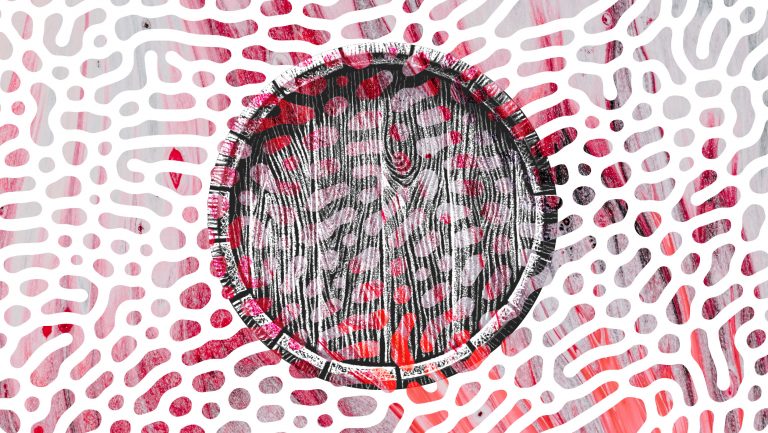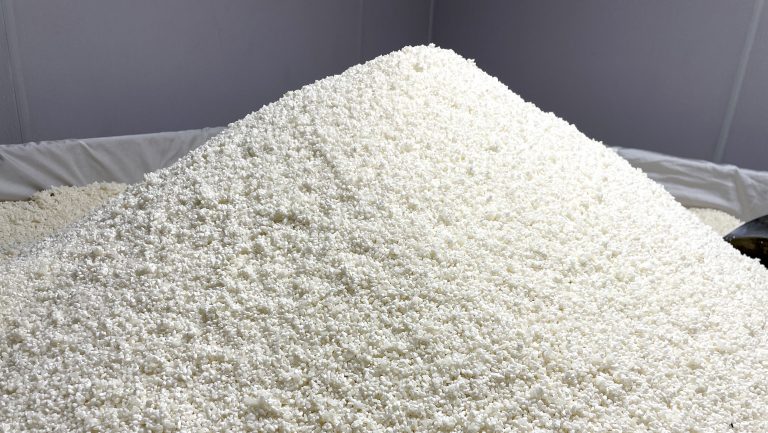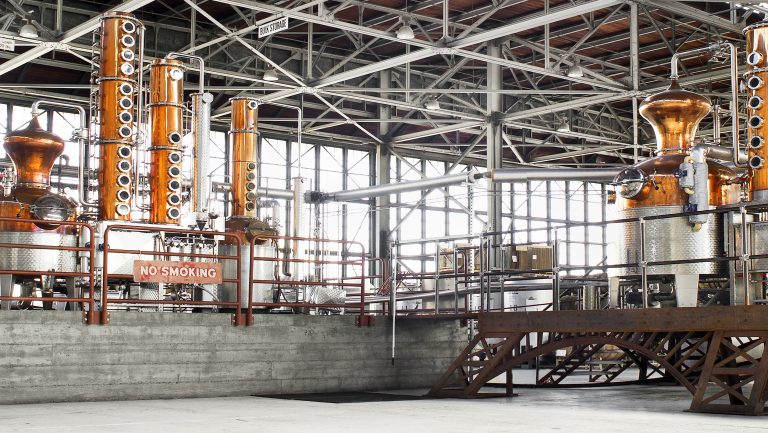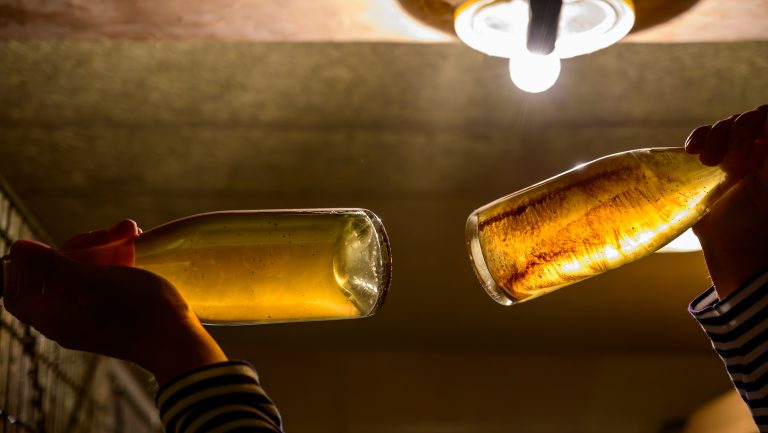Malolactic fermentation is often explained by describing the buttery, creamy notes it contributes to many Chardonnays. A couple of decades ago, that profile was highly valued, and the hallmark of some very well-known California brands. However, as that style has fallen largely out of favor, many wine drinkers (and even professionals) have come to take a more negative view of malolactic fermentation as something that can make wine seem heavy or graceless.
Yet malolactic fermentation (often called malo or MLF) is a far more complex process that intervenes in very different—often positive—ways in both red and white wines. Also known as the second fermentation, malolactic fermentation usually begins a few weeks or months after alcoholic fermentation has finished and grape must has become wine. It can happen in varying degrees (or not at all) in the same wine, over different vintages, and it can be a welcome or unwelcome process, depending on what winemakers are trying to produce or when the lactic bacteria become active.
Malolactic fermentation takes the edge off a wine’s acidity by converting the sharper malic acid into the softer lactic acid (hence the name malolactic), which rounds out the mouthfeel and makes a wine more accessible. It can indeed generate those telltale buttery aromatic notes, by producing an aromatic compound called diacetyl, but it does much more than that. Here are some common misconceptions and lesser known facts about this often-misunderstood process.

Don’t miss the latest drinks industry news and insights. Sign up for our award-winning newsletters and get insider intel, resources, and trends delivered to your inbox every week.
It’s Not More Common in Chardonnay
Many associate malolactic fermentation with “buttery Chardonnay,” yet it’s far more common in red wines. In fact, winemakers in warmer climates (or warmer vintages) routinely seek to block malolactic fermentation from happening in white wines in order to preserve freshness, usually by adding sulfites after alcoholic fermentation. On the contrary, winemakers hardly ever stop malolactic fermentation in reds.
Malolactic fermentation raises pH and lowers acidity, which makes tannins feel smoother and rounder, so winemakers often rely on it to achieve a more approachable texture in reds. Beth Liston, winemaker at Dark Horse Wine, points out that she uses it in Chardonnay and all of her red wines primarily for its textural impact. “We find that it provides a much softer mouthfeel [compared to] wines that haven’t gone through malo,” she explains.
The aromatic impact of malolactic fermentation is also very different in reds than in whites. The threshold for detection of diacetyl is much higher in red wines, particularly those made with grapes like Cabernet Sauvignon, which contain a large amount of polyphenols (such as tannins). This is because the higher number of sensory interactions with polyphenols and other compounds drawn from the skins of red wines make it more difficult to detect diacetyl, in comparison with white wines where those compounds are largely absent.
Beyond that, studies have also shown that malolactic fermentation intensifies fruity, red berry aromas in red wines, especially in wines with lower pH. This can be a benefit, as lower pH wines can have more muted fruit aromas compared to riper, higher pH wines. The reduction of vegetal or green notes, another potential effect of malolactic fermentation, also helps highlight fruitiness in a wine’s profile.
Malolactic Fermentation Doesn’t Always Create “Buttery” Aromas
It’s true that malolactic fermentation can create upfront buttery aromas in wines, but primarily at the beginning of the process, and many other aromatic changes can take place as the fermentation progresses. “Diacetyl is an early product of malolactic bacteria. However, the bacteria keep converting compounds, and they will break down diacetyl into other elements, if the winemaker allows the process to continue,” explains Forlorn Hope Wine owner and winemaker Matthew Rorick, based in California’s Sierra Foothills. When the bacteria do remain active, they produce acetoin and 2,3-butanediol, which contribute much more subtle buttery, creamy aromas as well as others, like nuts and berries.
Rorick also points out that the residual yeasts in the lees will also assist in breaking down diacetyl, meaning that the longer the wines spend on their lees after both fermentations, the more they will lose the primary, buttery character that people associate with malolactic fermentation. “My general rule is to wait 2 or 3 weeks after the completion of malo before I rack and/or add SO2—if I do those things at all,” Rorick shares. “I was shown data at U.C. Davis indicating that by 20 days post-malo, diacetyl levels typically fall below human sensory threshold (assuming no SO2 addition and yeast lees contact).” As is often the case in winemaking, a little patience can go a long way.
Malo Versus Barrel Aging
In spite of the strong association between malolactic fermentation and barrel-aged wine, the fermentation vessel is actually quite irrelevant to the process—it can occur in steel tanks or barrels. Because wines that have undergone malolactic fermentation can share qualities with wines that have been fermented or aged in barrel—the rounding out of texture through extended lees contact, the smoothing effects of slow oxidation and the aromatic elements brought on by new oak—it’s easy to see why many conflate the two.
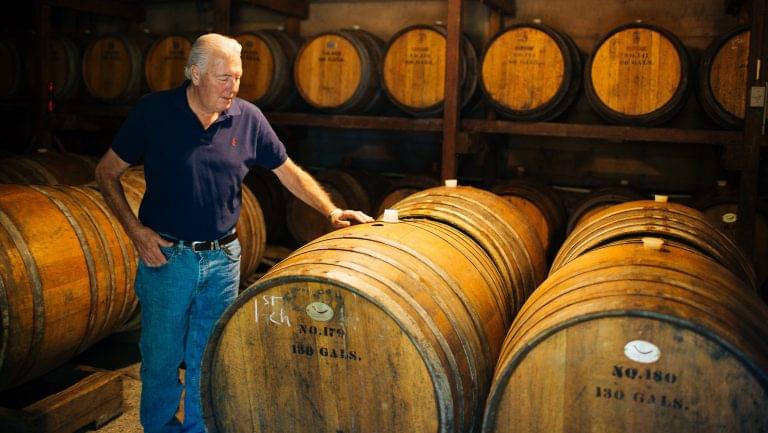
Embracing Old Oak Barrels
Some winemakers are using 100-year-old barrels, disproving the premise that they must be discarded after five years
South African producer Ken Forrester of Ken Forrester Wines in Raithby, South Africa, for example, never allows malolactic fermentation to take place with his Chenin Blancs—“We need acid to preserve freshness,” he says. Yet far from exhibiting the sharp, green apple, somewhat angular character shown by a lot of whites that have not gone through malolactic fermentation, Forrester’s reserve wines are smooth and creamy in texture as a result of barrel aging which allows him to achieve the desired mouthfeel without lowering acidity.
Carbonic Fermentation Versus Malo
As grapes ripen in the vineyard, the amount of malic acid can drop significantly, decreasing the probability of spontaneous malolactic fermentation—quite simply because there is little or nothing to convert. But what might not be as well known is how another process can also block it: carbonic maceration.
“You don’t really get any malolactic fermentation in wines made under carbonic maceration, because it eats up malic acid,” says Mathieu Lapierre of Morgon’s Domaine Lapierre in Beaujolais, France. Malic dehydrogenase, an enzyme, is the compound responsible for this. It transforms malic acid into ethanol and two kinds of acid, succinic and aminobutyric, with the former contributing a small amount of saline and occasionally bitter notes. As the malic acid disappears, the wine’s pH rises, contributing to a smoother, rounder profile, not unlike what would be provided by malolactic fermentation.
While the basic process is clearly beneficial, there are risks involved as well. If there are still some sugars left in the wine at the end of alcoholic fermentation, even less than 3 grams per liter (which would normally be considered dry), adds Lapierre, “lactic bacteria can lead to the piqûre lactique,” a spoilage that was traditionally quite common in Beaujolais wines.
Lactic Bacteria’s Other (Less Desirable) Activities
While the lactic bacteria tend to focus on acid conversion, they can also do all sorts of other things—many with unpleasant results. The lactic spoilage referred to by Lapierre, for instance, occurs when lactic bacteria have little or no malic acid on hand, and therefore turn to sugars and ferment them into carbon dioxide, lactic acid, and acetic acid. This piqûre lactique is more likely to happen in higher pH wines, more often in warmer vintages.
The potential for lactic bacteria to move in less desirable directions is why winemakers become anxious if MLF begins before alcoholic fermentation is complete. When bacteria is competing with yeasts at the same time, problems can occur, such as spikes in volatile acidity, the emergence of bitter, mousey or geranium-like notes, as well as textural flaws like ropiness (a condition which creates thickness) or sliminess.
Malo is a Natural Stabilizing Agent
When a wine has settled down after malolactic fermentation, its chemical transformation from must to wine is essentially done, and it won’t change much (except for the slow oxidation of aging). “Malo really stabilizes wines—especially if you’re not using much sulfur,” explains Sébastien Mann, of Domaine Jean-Louis Mann, in Alsace, France. Winemakers who want to prevent the process need to use significant amounts of sulfur and keep the wines at very low temperatures. For those who use minimal sulfur, it’s essential to allow malolactic fermentation to occur completely in order to achieve stability once bottled.
If wine is bottled and shipped without having run through its full fermentation cycle, and/or without having been fully stabilized through sulfite additions and/or other processes like sterile filtration, bacteria can become active again in the bottle. When it occurs in the bottle, it can create some rather unpleasant lactic, yogurt-like notes in the wine, as well as some of the spoilages mentioned above.
Chris Mullineux, who heads Mullineux Wines in Riebeek Kasteel, South Africa, with his wife Andrea, believes in the stabilizing effects of malolactic fermentation, and adds that it varies by vintage in their wines, an irregularity he embraces as an expression of unique vintage expression. “We lose a bit of freshness with malo, but we do gain stability. Also, here in the Swartland, there is generally low malic acid in the grapes, so there’s not that much malo happening.”
Perhaps because they welcome and even encourage variability, naturally-minded winemakers often seem to take a more relaxed approach to malolactic fermentation. Edmond Vatan of Domaine Edmond Vatan, a legendary Sancerre producer, would be a case in point. “If it happens, it happens,” he was quoted as saying. “And if it doesn’t, it doesn’t.”

Dispatch
Sign up for our award-winning newsletter
Don’t miss the latest drinks industry news and insights—delivered to your inbox every week.
Rémy Charest is a journalist, writer, and translator based in Quebec City, Canada. He has been writing about wine and food since 1997 for various Canadian and American print and online publications, including Chacun son vin/WineAlign, Wine Enthusiast, Le Devoir, Le Soleil, EnRoute, Palate Press, Punch Drink, and Châtelaine, and has been a regular radio columnist for CBC/Radio-Canada. He has also judged national and international wine competitions, notably the WineAlign National Wine Awards of Canada, the TEXSOM International Wine Awards, and the International Rosé Championships.

